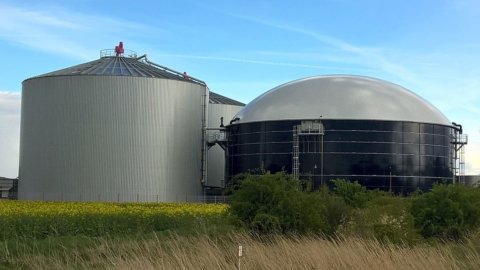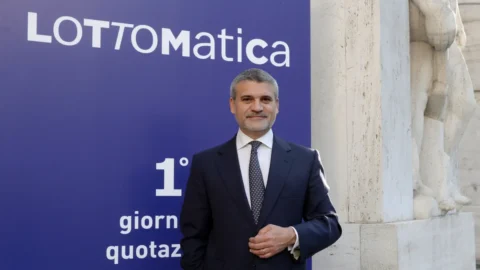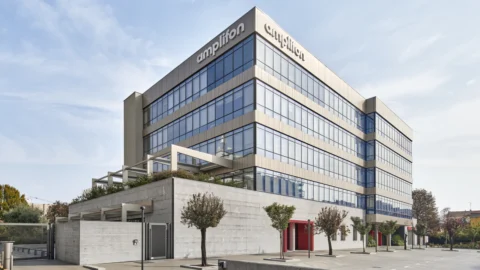The world of biogas is mobilizing to expand the spaces of a very versatile energy source in the central passages of the green transition. Today, June 8, he leaves from Lodi the new edition of the BDR days, le Biogasdoneright days, organized by CIB, the Italian Biogas Consortium. Three stops in Veneto, Lombardy and Puglia until autumn to promote a way of doing sustainable agriculture by looking at the mega project "Farming For Future – 10 actions to cultivate the future".
The appointments of June 23 in Pieve (Cremona) and October 12 in Cerignola (Foggia) are orientation for farms, but do not spare politics. Territorial actions achieved the strategic result of valuing this business more appropriately. The coming months will be focused on resources provided by the PNRR which in the end will be able to act as a driving force for direct investments. However, the road ahead, as for other renewable sources, will have to be faster. The times to build circular economy models in the countryside are not infinite. The contribution to reduce CO2 quotas from the earth will be qualifying. And there is an urgent need to qualify spending, both public and private. In the past, to manage the agricultural production chain on energy needs, it was sufficient to have low-cost diesel. This will not be the case in the future. And we talked about the prospects of biogas with Piero Gattoni, President of the CIB-Italian Biogas Consortium representing hundreds of companies.
President, what do you expect from the Italian Recovery and Resilience Plan for biogas?
“The Plan recognizes an important role for the agricultural sector in the transition and the resources provided open the door to important investments that will allow our farms to enter new markets, introduce innovation and keep the competitiveness of the Made in Italy agri-food high. We also expect the plan to favor circular routes at the local level thanks, for example, to the diffusion of biomethane-powered agricultural vehicles in companies, the diffusion of biomethane in company fleets or in local public transport".
Are there any projects?
“The PNRR will make it possible to plan investments in the agricultural sector starting from projects that can be started immediately thanks to a broad process of reconversion of existing biogas plants towards biomethane”.
Is there, then, a forecast of direct investments by companies?
“The government project still represents an important action plan to support the growth of our farms. It confirms the crucial role that biogas will play in the ecological transition and decarbonisation. As is known, it foresees an allocation of almost 2 billion euros for the development of biomethane production in the agricultural sector, which will activate direct investments by companies for another 3 billion euros".
Those are important numbers. With what repercussions?
"The interventions of the companies will have positive effects in terms of employment, with large repercussions on the direct and indirect induced activities, and in support of the development of the territories".
What do you foresee for biogas in the Regions of Southern Italy?
“In the South there is still ample unexpressed potential in terms of growth of biogas and biomethane from agriculture. The PNRR can certainly represent, also in this case, a driving force for the local economies of the South. In order to allow these important areas of excellence for the production of Made in Italy to fully seize the opportunities of the agricultural biogas supply chain, however ,establish clear rules that take into account the different specificities of the country”.
For example?
“It is necessary to overcome the obstacles that currently do not allow us to fully exploit the development opportunities of biomethane, favoring the precise definition of the biomasses that can be used. Furthermore, the growth of biogas also in Southern Italy would have positive effects both for employment with the creation of highly specialized work, and for the environment. On this latter front, the large availability of land for agricultural activity would allow for the further development of innovative agricultural practices which push towards the agroecological transition and which allow for a drastic reduction in the use of chemical fertilization and a reduction in CO2 emissions”.





